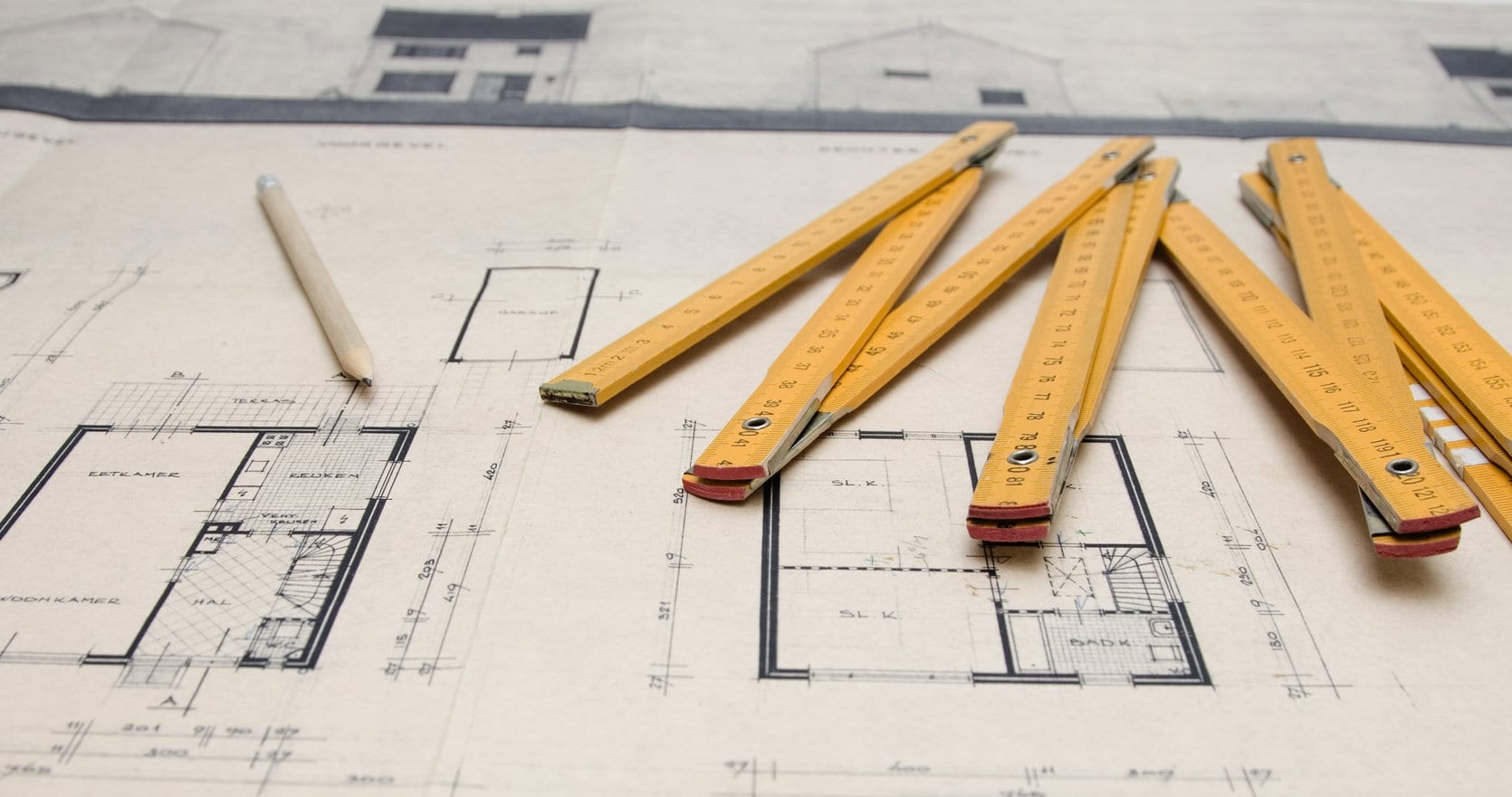 I hope that the title of this musing does not scare you to death and make you ask, whatever is he writing about now!
I hope that the title of this musing does not scare you to death and make you ask, whatever is he writing about now!
Hopefully, if you persevere with reading it (and it will be quite a long one) it will pique your interest and provoke some serious thought. Does architecture and building design say something? I invite you to ponder with me the possibility that it does.
Several years ago Hazel and I were up visiting a church in the Salt Lake City area of Utah. Most of us know that this is Mormon country and Mormonism is a strongly legalistic religion. Numerous ‘laws’ of various kinds regulate the lives of those who adhere to the code of belief propagated by Joseph Smith. Salt Lake City is cradled in a large valley surrounded by snow-capped mountains. It is a beautiful setting, but some of the architecture is angular, rigid and forbidding, the structure of the Mormon temples is imposing but austere. Could this be an architectural reflection of the belief system that controls the minds of Mormon folk?
[superquote]The way that internal rooms, sanctuaries and auditoriums have been designed as well as the external structures are full of lessons for us[/superquote]
Now, hang in with me because we will look in a cursory way at this subject and although I am no expert it will do us no harm if we are conducted through a little history and think a bit about the church and its meeting places throughout the centuries. The way that internal rooms, sanctuaries and auditoriums have been designed as well as the external structures are full of lessons for us, and possibly rebuke too. The spiritual state of the church is reflected in the dominant architectural styles and the worship sanctuary. It is amazing to contemplate that for the first three hundred years of its existence, the church of Jesus Christ, spread around the Mediterranean had no buildings at all. Each local church met where it could, mainly in homes. It is reckoned that in Rome groups of Christians would meet together in a place that was both a workshop and a dwelling place of some of its members. Perhaps a leather workers shop over which he and his family lived and there the church gathered, crammed into a small workshop space.
[pullquote]The spiritual state of the church is reflected in the dominant architectural styles and the worship sanctuary. It is amazing to contemplate that for the first three hundred years of its existence, the church of Jesus Christ, spread around the Mediterranean had no buildings at all.[/pullquote]
Archeological findings reveal that sometimes there had been some conversion work done on the property of one of the more wealthy members of a congregation and this permitted perhaps up to seventy persons to gather in that larger room. I myself was taken to view such a place that even had a baptistery built in to the small extension. We read of the church meeting from house to house (Acts 2:26), of Paul speaking in an upper room for a long while (Acts 20:8) and he also spoke in a hired public meeting place to give regular teaching after his ministry had been rejected by many in the Jewish synagogue (Acts 19:7-9).
It is intriguing to study these matters, taking into account the frequent references to the church in the house (Philemon 1:2, Romans 16:5, 1 Corinthians 16:19). Although it is likely that some of the practices of the Jewish synagogue may have been carried over into the young churches such as the women sitting somewhat separately from the men the main thing we gain from these things is that the churches were small and the gatherings informal; in fact there is no evidence to suggest that any church was larger than about seventy persons! By the way, recent research tells us that the average size of a church in North America is between seventy and ninety persons and the same figure is true in the UK as well. But, back to the first three centuries when the churches met in such a way that there was no ‘holy place’, no ‘sanctified area,’ and this seems to be true even when God’s people were driven into the catacombs and caves to gather together. Simplicity in gathering with a profound equality between slave and free, rich and poor is evident and the little teaching we receive from the first letter Paul wrote to the Corinthians corroborates this informal atmosphere where people gathered unto Christ in the midst of them and Who ministered through the many gifts He had given to His body.
A careful and thoughtful read of chapter eleven through fourteen of that letter is the most detailed and exhaustive instruction we have of what constitutes a true Christian meeting. In our day we are far away from such simplicity and reality. So, what has changed and when did the change begin? Most people would say that the significant date was 313 when the first Roman Emperor to convert to Christianity, Constantine the Great, issued an edict giving toleration to all religions.
The affect on the Christian community must have been enormous. Now they could build edifices, basilicas that were as imposing as other religions had done. Was not God great, therefore their buildings should be as befitted the True Creator God. They were supported and even encouraged in this by Constantine, for when important personages espouse a religion should not the buildings be appropriate to such? To go into workshops and even a room in a mansion is not suitable for such elite worshippers! Another factor contributing to the change was that by this time in church history the presence and freshness of the Holy Spirit, the reality of the nearness of Christ and the Father were no longer so real, many of the worshippers knew God only as the Transcendent One, holy, above all, distant and unreachable. So, it seems that a number of elements played into the change of venue as to where the Christians met and what they did too.
This matter of distance encouraged not only large buildings where possible but the gradual emergence of a elite priestly bishop class who had a special role to play in all worship. The ‘clergy/laity’ divide as we could call it. And with that, within the buildings themselves, a separate area into which the laity could not enter usually toward the east end of the buildings became the norm. In the Orthodox Church the line of demarcation is the Iconostasis, in the Roman churches it is the altar rail. So unity of the saints gave way to a strict hierarchy and the reality of Christ Jesus had to be mediated by a ruling class of specially ordained priests, bishops, archbishops and popes.
I mentioned earlier, this is just a cursory look at these things but we ought to note that reformatory movements rose from time to time, these sought a more scriptural and real relationship together as God’s people. Monastic orders emerged, as had the desert fathers a little earlier, we could say they were ‘seeking a closer walk with God.’ But the mainstream of the churches became more and more externalized as to their worship with elaborate rituals taking the place of heart knowledge of God in Christ.
For example, in older cathedrals and parish churches going back to medieval times there are steeples or high towers. Frequently these buildings are constructed in a cruciform pattern. The worshipper enters a door that is often at the west end or the south side and the first thing he or she passes is the font. This signifies that entrance to God’s church is the rite of baptism and then there is the nave, the long pathway down the center of the building signifying the pilgrimage of the worshipper to the altar rail where they can receive and achieve union with Christ (in many of these churches through receiving the wafer of communion and possibly a sip of the wine). There is a pulpit (a place for preaching) in these churches, it is not central but placed to the side, and a lectern on which an open Bible often sits is also to the side. In many such churches there were no seats, no place for the people to sit, instead worshippers stood throughout the service (which was often conducted in a language not understood by the majority). How reminiscent of the Old Testament priests and other worshippers who could only stand in God’s presence, only God rested, seated upon His mercy seat, at that time the way to into the Holiest was not and there was no lasting rest for the people of God, they looked forward to a better covenant (Psalm 134:1). What a difference is to be found in the New Covenant brought in through Jesus body and blood where we are made to “sit with Him in
heavenly places” (Ephesians 2:6)! Surely the architecture of the buildings we are talking about and the practices of worship taking place in them speaks, its language is that of going backwards, of reproducing Old Testament ways in New Testament days. Look up at the vaulted ceilings, the beautiful flutings in these buildings; they carry the eye ever upward, to the heavens where God is, transcendent, great and above all but not near, He is distant and possibly unwelcoming. The structure encourages silence, reverence and humility but not intimacy. Much more could be adduced from these magnificent church structures, however, in the sixteenth century a change took place, its significance should not be allowed to escape us.
It is part of the ongoing saga of church history. It is generally called ‘the Reformation” and involved many men and women but probably the most famous is Martin Luther and John Calvin. They were men who searched the scriptures, the Bible was a treasure and God revealed of Himself and His ways to them through their reading and they desired to unlock that Holy Book so that all could read it and be made free to receive the grace of God shown there. From that time on church buildings were constructed differently. Facing east or west no longer mattered, some retained a kind of spire though many did not, but it was inside where the greatest changes were to be found.
Let me illustrate from one church built several decades ago in an American City. This building reflects the changes that began in Luther and Calvin’s day. The externals of this particular church are far from attractive; it is as though they do not matter very much. If we step into the ‘sanctuary’ (I do not think it is called that in this particular church) we discover it seats (yes, people can sit down although the seats are wooden pews!) around fifteen hundred people. There is a balcony on three sides, the room is almost four square and the main floor gently contours down to the front. There are two aisles and a raised structure I guess it would be called ‘the platform’ on which, central for all to see is a large Bible on a simple pulpit/lectern. It is somewhat stark to say the least. If we were to attend a meeting at this church we would be welcomed by the preaching pastor who would not be standing on the platform, he would be down on the level with the rest of the congregation. The band is on the platform, but not central at all, they are to the side and neither does the person leading the singing stand to the center. Only when the Scripture reading takes place and the sermon is preached does anyone approach that central place. All this teaches us the centrality and supremacy of the open Bible and the Word of God contained therein.
As far as this church is concerned the scriptures contain the heart of God for the people. During the service the purpose for the almost four-square contours of the meeting place become apparent because, with a raised voice, it is possible for anyone of the fifteen hundred people to be heard if they should choose to pray or read a scripture or possibly even bring a brief word of encouragement to the church, (and to do this without the aid of microphones!) in the part of the service set aside for such participation! Yes, this does seem a very Bible based church and the absence of an altar rail or any other separating mechanism between an elite clergy and the other members is a profound indicator of change. The way the meeting room is arranged with the possibility of mutual participation is to be welcomed, these plus one or two other things not mentioned seem to help us back to a more scriptural manner of simple church gathering. The arrangement of this meeting place, in every detail is speaking to us, at least of an intention to be more God centered, Bible centered and preaching/teaching centered. Instead of little homilies there is a desire for godly, Biblical instruction and music and instrumentalists are placed where they should be, to the side, as helps to the congregational singing. However, perhaps I can take you to another congregation or two and describe how unprepossessing their buildings are.
First the people who were originally mockingly called the Quakers. They never called their buildings churches, in fact their leader George Fox denigrated the buildings called churches in his day as ‘steeple houses’! He did not believe God was in those places but where two or three gathered together to meet the Lord, there He was in the midst of them, perhaps this was part of the reason for calling their places meetinghouses. Simplicity pervades everything. External ordinances are totally absent; there is no rite of baptism, either by sprinkling or immersion and the taking of bread and wine is not practiced. Quietness reigns in the meetings and although several men and women sit to the front as the presiding elders, all wait upon the Lord for the prompting of the Holy Spirit.
This dynamic Christian movement began back in the 17th century and spread rapidly. And two centuries later another remarkable movement began, simultaneously, in a number of places and pioneered by those who longed for a more scriptural and intimate church life where all believers were regarded as part of God’s holy priesthood. Again, plainness characterizes their places of meeting, they too refuse to call them churches and instead they became known as the gospel hall or maybe just ‘the hall’. Convenience, simplicity, usefulness and functionality are the hallmarks of their places. Often the main meeting takes place with chairs facing each other on three or four sides with a table in the center and on the table the emblems of the body and blood of the Lord Jesus, the bread and wine. Everything in that particular meeting tends to concentrate upon the Person and work of the Lord and mutual participation is encouraged, usually only the male part of the congregation though. So, in both of these spiritual movements of past centuries we learn a little more that architecture and the internal setup of a place of Christian meeting place speaks.
But, we have one more step to take as we consider these things. All these types of church meeting place are with us to this day. The Orthodox church buildings, the Roman Catholic/Anglican buildings, the Free Church kind of buildings, the Quaker meetinghouses and Brethren halls too but, generally speaking one kind of format of building and meeting place becomes more and more predominant. Some of these are pretty ugly from the outside, a converted warehouse will suffice, or, sometimes a purpose built place that is quite interesting to look at, but, when we enter the ‘sanctuary’ similarities become evident and the terms used to describe the building show the changes that have taken place. It is true that the word ‘sanctuary’ may be used but it is more likely to be the word ‘auditorium’. What would have been called ‘the platform’ in the past is now called ‘the stage’. There may be a lectern in the center of the stage but there will be no open Bible on it and it will be removed so that what takes center stage can have room to operate, namely the music band. The seating is unlikely to be pews and may even be upholstered cinema seats that swing up and down to allow access to the rows. Comfort has become important and a good clear line of eyesight to what is taking place up front on that stage. These are telling changes and speak volumes.
In fact, we can safely say that the elite has changed from one kind of priest to another, sometimes the musicians and sometimes the sparkling person who may be scheduled to speak the word are the new mediators of God’s grace and without them nothing much is likely to happen. The absence of the Bible is notable and its occasional misuse also. I have watched, more than once, when the person usually known nowadays as the worship leader read a short psalm from his Bible a psalm exhorting everybody to praise the Lord and then threw his Bible to the floor behind one of the amplifying speakers. To any Moslem or Hindu looking on that would have been a travesty, for to them holy scriptures are to be held in honor and never abused.
So, some of the churches of today are becoming, architecturally at least little more than concert halls with state of the art equipment of every kind. The size of the stage is growing to facilitate the performances taking place and the congregation is an audience to be entertained. Yes, something is being said by these changes and also, something is being said by those Christians who are walking away from this format.Apparently, recent research reveals that on any given Sunday morning in the USA there are as many people meeting in homes, in informal groups, who have rejected the Christian ‘show’ and seek for something without the paraphernalia that has become necessary to ‘church’. They meet in simplicity, perhaps rather too informally and casually, sometimes with an absence of clear leadership and sometimes, even with little sense of direction, but again, perhaps such are part of God’s preparing of a people who will know how to gather unto the Lord when the going gets more difficult for Christians in the world at large.
Perhaps days of opposition are nearer than we have realized, perhaps that opposition will harden into persecution, mild at first but increasing as time goes by and, those who worship in house churches in the simplicity of the Holy Spirit, who know what it means to build one another up in love and embrace others in their neighborhood and work place will be the churches where God is truly to be found. Well done those who have labored through to the end of this musing and I would encourage you to ponder on the things written here for architecture and the internals of our church structures speak and we need to hear their voice.






Thank you Bernard for these refreshing, may I say, relieving reflections. Sometimes it is such a relief to hear that we don’t need to be a ‘sparkling person’ or meet in a huge auditorium our have an impressive ‘Christian empire’ (personal or otherwise). It is refreshing to hear that slowly, surely God builds His own kingdom and it gradually dazzles, when all else passes away like a seemingly impressive fireworks display. Look forward to seeing you soon, Simon (River church)